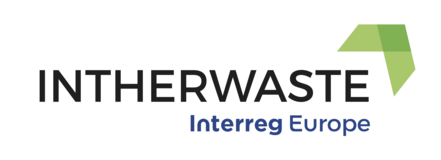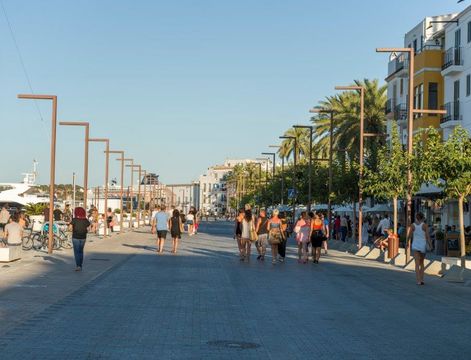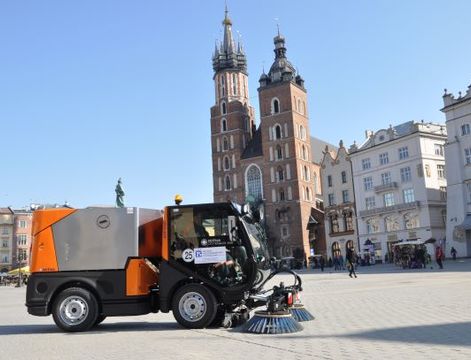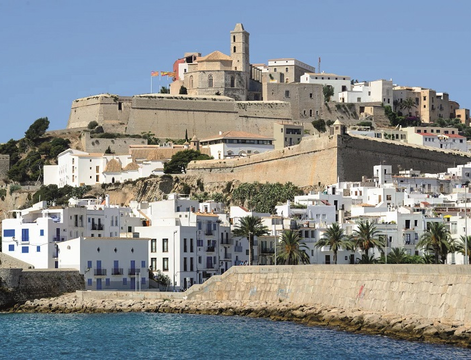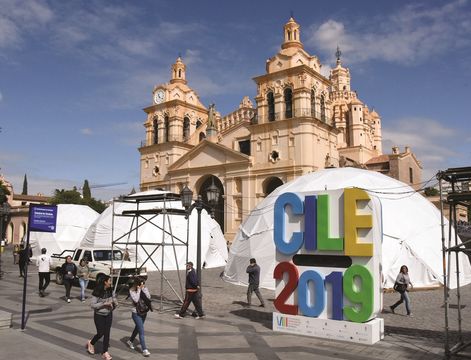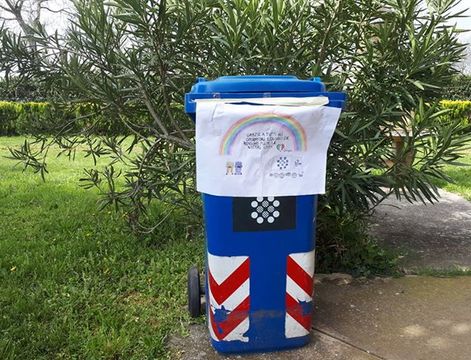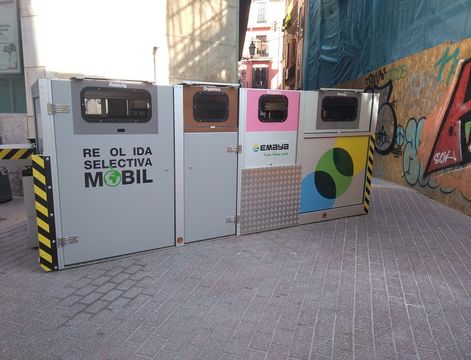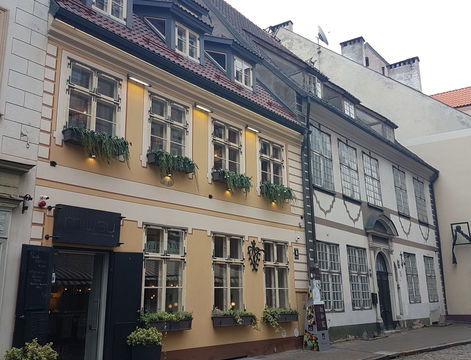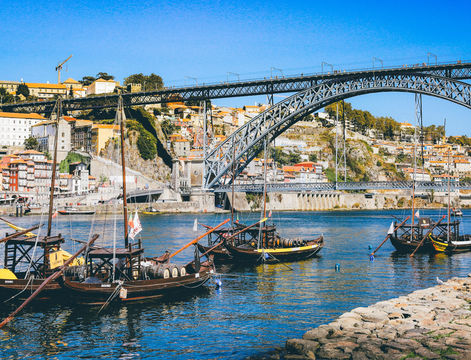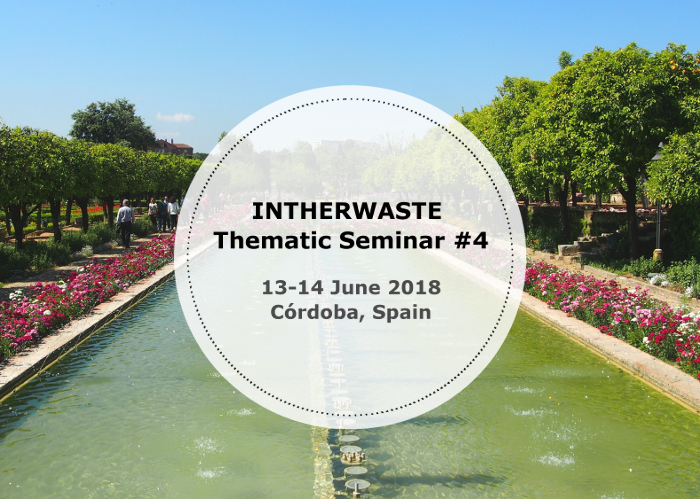On 15-16 November 2017, the 3rd INTHERWASTE thematic seminar took place in Ibiza. Participants spent two days discussing good practices related to the “Integration of waste management solutions into the Urban Décor of Heritage Areas”.
Twelve practices, already in place in Europe, were presented, including three guest speakers from Ghent (Belgium), Palma de Mallorca (Spain) and the island of Bornholm (Denmark). The examples varied from the choice of locations for containers, aesthetical solutions and installations, as well as organisational solutions in general. The meeting was opened by Mr Caro, an expert in Unesco Heritage Cities from Cordoba, who reflected on the importance of preserving the heritage that cities have inherited and the challenge many cities have with the increasing number of tourists and keeping up with the targets set by national and European policies.
Location of containers
Ms Truyol Caimari, from the island of Mallorca, presented their mobile bins which never stay in the same place for more than a few hours. They created a new separated waste collection service in the city's historical centre where bins cannot be permanently located due to the characteristics of the area (narrow streets, inaccessible zones) or for aesthetical reasons. The bins are transported using electric vehicles to minimise the noise and placed at specific points for a limited time. The bins are then taken to the transfer plant, emptied and stored at the same plant or at another suitable location. Being modular, it enables the waste management company to optimise the amount and types of container placed in a specific spot each time.
Tallinn and Porto presented their approach to find perfect spots for their containers, perfect both for the residents and tourists, as well as the waste management company. In Tallinn, which is rather flat, the privileged locations are courtyards and basements. This choice is also enforced by the law which forbids containers to be placed on the streets of the heritage area. Porto, being quite hilly, has a system of tunnels which allow residents and tourists to dispose of their waste on higher grounds, inaccessible by waste collection vehicles. Waste travels through simple piping system to the bottom of the hills, where it is easily collected.
Aesthetical containers and devices
Aesthetical containers and devices were the most diverse, ranging from compacting bins and encasements, to choosing as nice and appealing bins as possible. Mr Holmstrand of the Resource lab on the Danish island of Bornholm provided the audience with a more academic view on the challenges and solutions linked to this topic, while at the same time presenting some of the solutions already implemented and tested on the island. Mr Claro presented the encasement solution in Porto which reduces the unaesthetic appearance of containers in the heritage area. In Krakow, according to Ms Gomuła and Mr Gelata, the Municipal Cleaning Company, on behalf of the Municipality of Krakow, purchased 1,100 single-type trash bins in 2016, which improved the aesthetics of the city by having a uniform set of bins. At the same time, newer and more aesthetic waste rooms are emerging in the estates. Owners of properties (including housing co-operatives) are responsible for building a waste room and keeping the room and containers in a good condition, which is controlled by the Municipal Cleaning Company and Municipal Police workers. Mr Diz Perez shared a practice from Córdoba, rather simple but effective, where they turn the containers into a blank canvas and invite schools to decorate them. One more guest speaker had the opportunity to enrich the selection of good practices, Mr Claeys of IVAGO, the waste management company for Ghent, presented their compacting bins. They are compacting up to 7 times the waste quantity, which reduces the number of bins needed and times they need to be emptied.
Organisational solutions
Mr Mark from Tallinn and Mr Gelata from Krakow also reflected on organisational solutions which rather look at the overall management of bins and containers in regards to the urban decor and tourists’ experience. In Tallinn’s old town area, waste collection is allowed only between 6am and 12am. In other times, it is permitted only with the permission of Tallinn’s Environment Department. The collection has a well-defined route, starting from the area where government buildings and embassies are located in order to have them clean before the start of the working day and ends with the most central part, before the tourists arrive in the early afternoon. In order to organize a new waste management system, Krakow City Council entrusted the Municipal Cleaning Company with the obligatory task to maintain cleanliness, including emptying bins, and order in the Municipality. Krakow is a busy academic and tourist centre, which results in an increased demand for this kind of work.
All presentations are available here.
